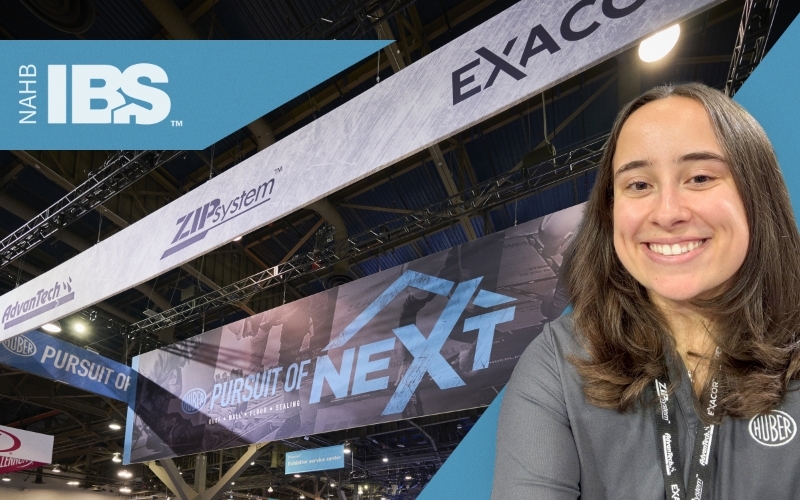Industry Trends
Marketing Insights
Mo’ money. Mo’ problems. Amirite?
According to the 2015 Ipsos Affluent Survey USA released last month, for the first time ever, the affluent population of the United States has more Generation Xers than Baby Boomers.
It’s like a generational changing of the guard.
Yet, even with all of this newfound cash, the oft-cited lost generation is still overshadowed by Boomers and the huge numbers of Millennials on their heels.
While 37 percent of Affluents are Gen Xers (aged 34-50), compared to 33 percent who are Baby Boomers (aged 51-69), Millennials (18-33) are coming on strong at 25 percent and are likely only a few years from catching their older cousins in Gen X.
Gen X serves as a stopgap between the massive Boomer and Millennial populations. While Gen Xers possess a lot of purchasing power, they don’t behave in a collective way as a group, making them difficult for marketers to target as a collective entity.
According to IPSOS: “Across many measures, younger Xers act more like Millennials, while older Xers are psychographically more similar to Boomers. In particular, age 40 appears to be something of a tipping point. Xers under 40 are far more interested than older Xers in social media, entertainment trends and organic food.”
This little stat serves as an important reminder. When considering audience segmentation, it’s important to develop tight audience personas built not on broad swaths like generations, but the shared traits, experiences and habits of your ideal customers. Get to know the specific drivers behind how your customers interact with your brand and the actions they take leading up to and even following a purchase. Doing so will allow you to target them more effectively, earn their trust and transition them from one-time customer to loyal brand advocate.
If you want to learn more about audience segmentation and persona development in the home industry, attend HIRI’s 2015 Fall Conference on October 15 in Chicago and hear our own Leslie Gillock and Kent Panther discuss the topic in a presentation titled “The Road to Purchase: Understanding the Customer and the Journey.”


